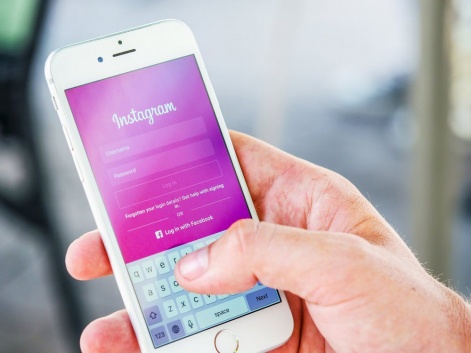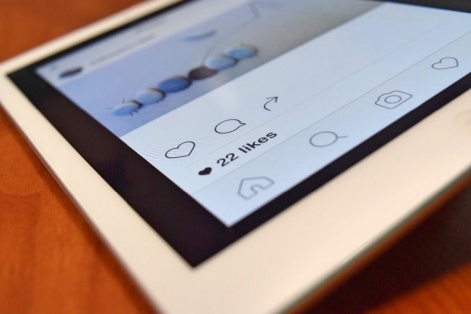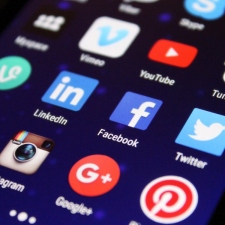On the surface, it all seems brilliantly efficient. But deep down inside, you know it’s bad for you. We’re talking about botting. That is, using robots on Instagram as a way to grow an engaged following.
In an attempt to stay ahead of the curve, many influencers are turning to Instagram bots and automation tools to interact with users. Ever posted a photo of your breakfast and immediately had a random account tell you how awesome you are? That’ll be a bot. Sorry to break it to you.
Why do influencers use bots?
Big brands can afford social media teams who spend every waking hour on Instagram. But for one person or a small business, that amount of manual work is near-impossible. Influencers simply can’t compete, so they pay for automation software to rack up follower counts for them.
Put simply, influencers pay money to ‘self-serve’ engagement platforms, which like or comment on posts based on a certain hashtag, account or location. The result: grabbing the attention of hundreds of accounts who haven’t heard of them, all without lifting a finger.

The bad side of Instagram bots
Social media automation has always been in murky waters. Instagress, one of the most popular and affordable bot programmes, shut down in April 2017 following a “request” from Instagram.
The question is being asked more than ever - should you use Instagram bots to grow your audience? And the answer is an ever-deafening “no”. Here are several risks automation tools can pose to your brand:
● Strips away human interaction. Straight up - it’s a robot. Any influencer with automated comments is going to miss out on crucial relationship-building with followers - the key to true engagement. It’s that real-life back-and-forth communication that’s integral to natural, valuable campaigns.
● Artificial engagement. There’s a looming issue of quality here. For brands and marketers working with influencers based on follower counts, this can be a real waste of time. At the moment, we’re evaluating an influencer’s credibility through manual authentication (find out how out to do this in our guide to influencer marketing), but if the bulk of an influencer’s followers are false, low-quality or meaningless, we’re left with weak means of verification. It complicates pricing for collaborations, sponsorships and ad deals, since an accurate ROI reflection is hard to reach.
● Sir Spam-a-lot. You’re not in control of what a bot is commenting and liking. You never know what inappropriate, insincere or even offensive content this could result in. For example, you’re a foodie influencer or brand. You set off your bot to comment ‘Yum!’ on as many #glutenfree tags as possible. Only, it’s commented on one user’s post about her struggles with bowel disease (the reason she eats gluten-free). Not only could it cause offense, the bot’s comment immediately makes you look spammy and insensitive, tarnishing your reputation.
● You could get shadowbanned. As we’ve seen from the fall of Instagress in 2017, using a bot is a big no-no as far as Instagram is concerned. If the platform believes you’re using automation it could prevent you from appearing in search. It could even ban your account temporarily.

How to tell if someone is using a bot
You can spot a botter a mile off. First off, they’ll often leave a highly generic comment on a picture, or a single emoji. It’s not very insightful and hardly sociable (which is the purpose of social media, right?).
Another suspicious factor is where they’re based: if an account starts following you that’s in a location completely irrelevant to you, it’s probably just a bot that’s tracked down a hashtag you’ve used.
If you do follow an account using a bot, they’ll probably unfollow you soon after to keep a good following-to-follower ratio. If you don’t follow them back, they’ll probably keep unfollowing and following you again a few days later.
What’s next for botters?
Of course, there are always new methods evolving for influencers to hack the Instagram algorithm way beyond hashtags. One is by using Instagram pods - private groups of 10-15 similar influencers who leave genuine comments on each others posts. The benefit of pods is that no spammy comments are left and influencers have a higher chance of reaching the ‘explore’ page.
Ultimately though, the best way to increase followers and engagement is organically - post with purpose, follow similar accounts, engage with followers, and have a quality strategy in place. No bot can ever compare with that.













